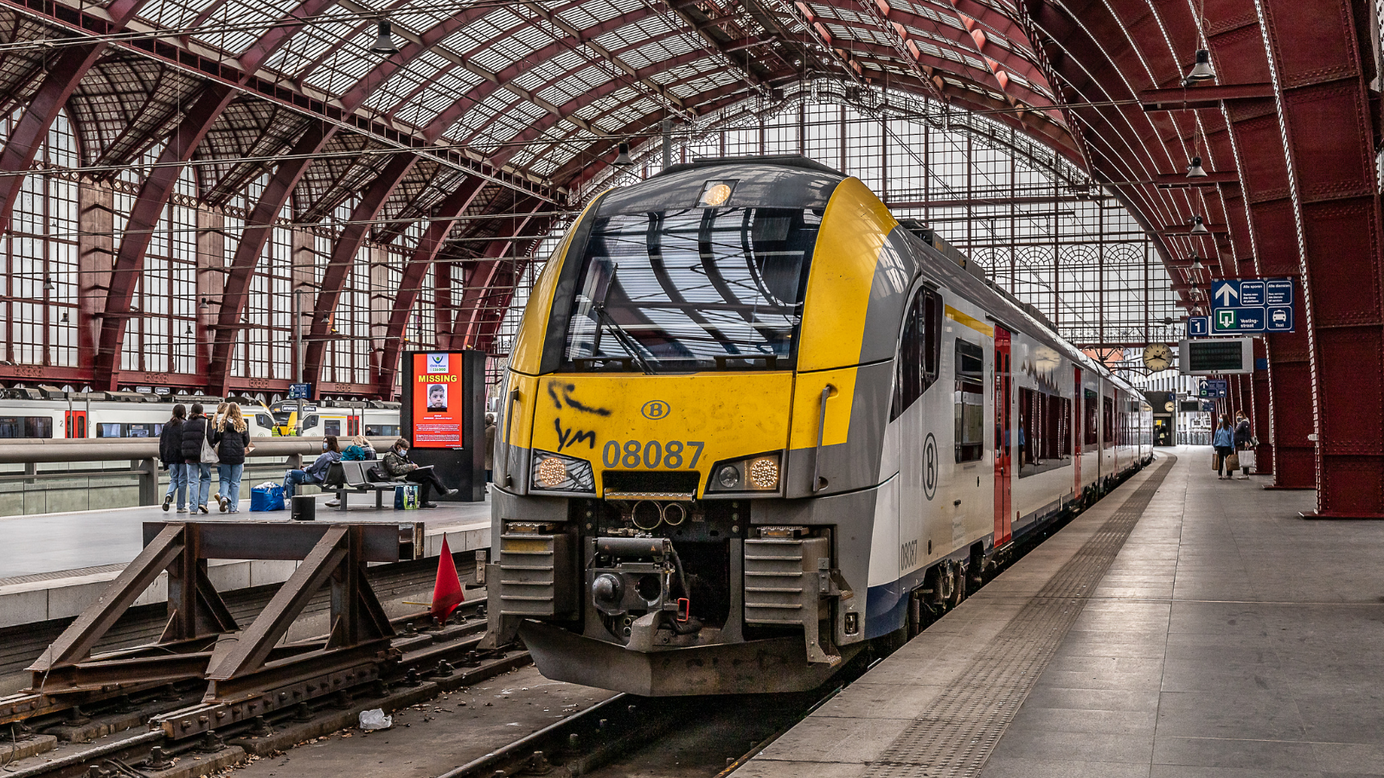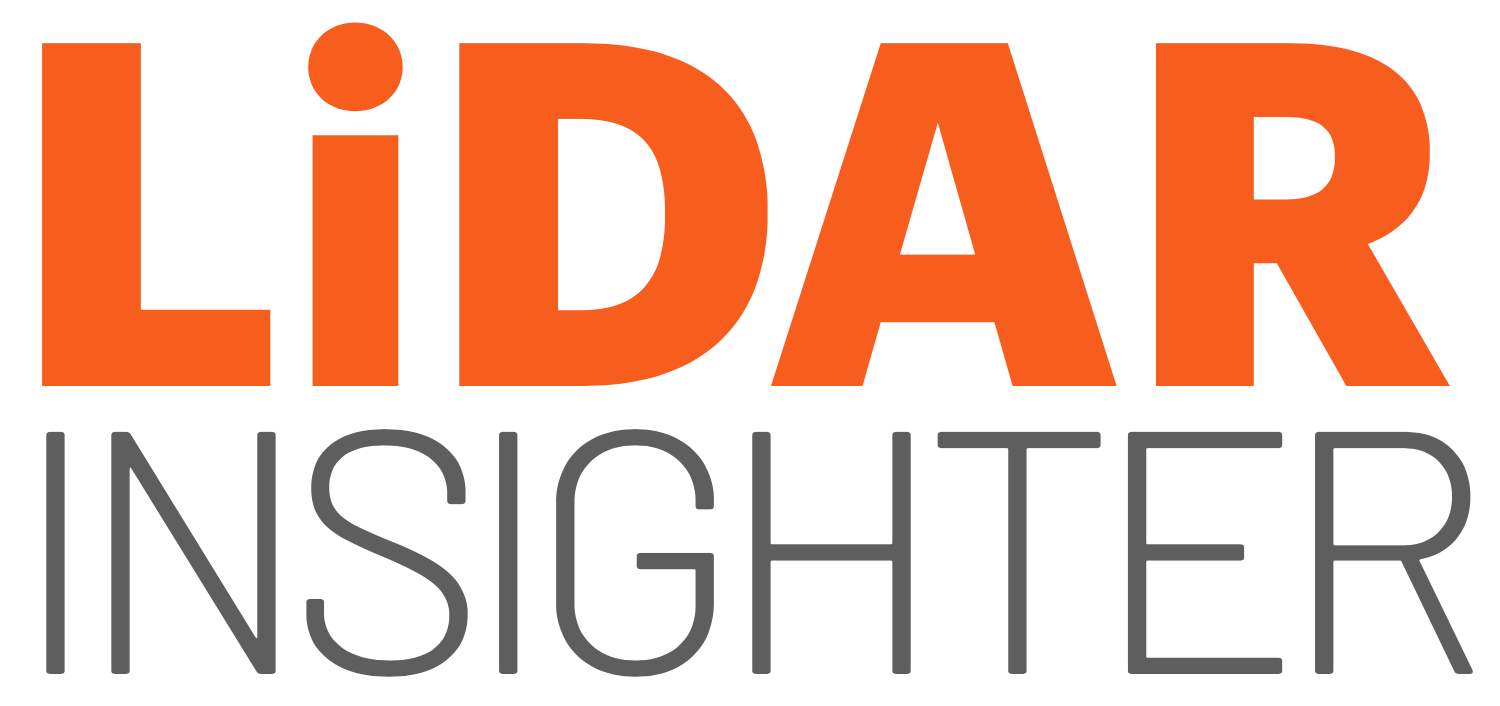
The congressional rail safety push: how Lidar is making a difference
The Lidar Coalition advocates for the use of lidar technology to improve rail safety, such as track inspection, obstacle detection, terrain mapping, and grade-crossing improvements.
In the wake of high-profile derailments involving hazardous materials, rail safety improvements have come under renewed focus in Congress.
Various measures have been proposed, including expanding crew sizes, deploying more thermal sensors, enhancing braking systems, and increasing funding for rail research.
The Lidar Coalition is actively promoting the allocation of funds for railroads to acquire and utilize lidar technology for enhancing safety. The Coalition is urging the House Transportation and Infrastructure Committee's Subcommittee on Railroads, Pipelines, and Hazardous Materials to prioritize this initiative.
By harnessing the benefits of lidar, rail safety can be advanced in multiple ways, with the potential to improve the overall performance of the national rail system through scalable solutions.
- Track Inspection:
Lidar technology is revolutionizing track inspection in the rail industry.
Lidar is already a critical component of automated track inspection by large freight carriers like Canadian National Railway.
With the help of lidar sensors mounted on drones, rail companies can efficiently inspect vast stretches of tracks and create 3D maps to quickly identify potential issues. Lidar technology is proving to be a valuable asset for the rail industry, enhancing safety and minimizing the risk of accidents.
- Obstruction Detection:
Lidar sensors are widely used for detecting obstructions in various industries. They create a 3D map of the environment with long-range capabilities, making them suitable for use on track inspection vehicles, fixed infrastructure, or trains.
With its real-time data, lidar is an invaluable tool for ensuring safe and efficient operations.
- Terrain Mapping:
Lidar sensors are commonly used for high-resolution topographical mapping.
This allows rail companies to take proactive measures to prevent accidents and ensure safety. Lidar's precision and accuracy make it a valuable tool for terrain mapping in the rail industry.
- Grade-Crossing Improvements:
Improving safety at grade-crossings is a key priority for Congress. Lidar technology can play a significant role in achieving this goal by providing enhanced detection capabilities for people or objects at grade-crossings.
AEye's Lidar for Rail white paper outlines the benefits of deploying the company's 4Sight lidar sensor in various use cases, including grade-crossing improvements.
Their 4Sight sensor's highly accurate object detection capabilities can trigger warning alarms, which help mitigate the risk of injuries and fatalities at grade-crossings.
LiDAR INSIGHTER Newsletter
Join the newsletter to receive the latest updates in your inbox.



